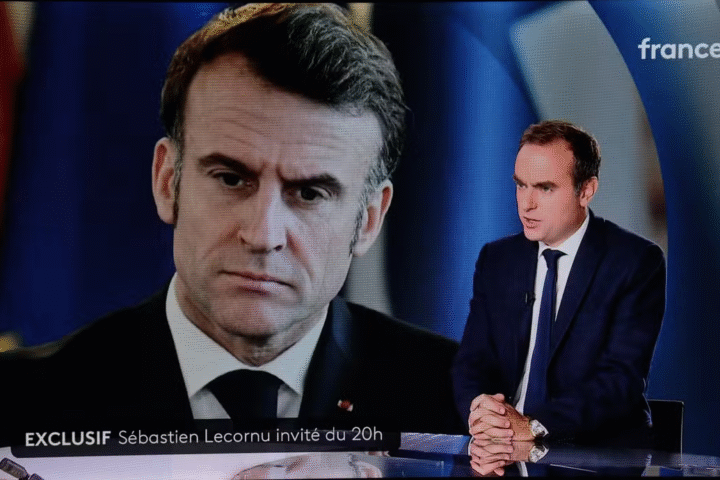In the age of drone warfare, the Ukrainian military has taken a bold leap into a realm where Silicon Valley meets Stalingrad—gamifying war. And strangely enough, it might be one of the most innovative, if disquieting, developments in modern combat.
Imagine a military version of Call of Duty, only the points are real, the drones are lethal, and the enemies don’t respawn. Welcome to the “Army of Drones bonus” program, where Ukrainian soldiers rack up points for destroying Russian tanks, rocket launchers, and personnel—redeemable for cutting-edge battlefield tech on a platform that’s being called the “Amazon for war,” officially named Brave 1 Market.
This isn’t just a gimmick. This is what happens when a digital native nation fights a 20th-century empire with 21st-century tools. Soldiers earn 20 points for damaging a tank, 40 for destroying one, up to 50 for erasing a mobile rocket system, and six points for eliminating a Russian soldier. Their proof? Video footage from their drones, uploaded to Ukraine’s situational awareness platform, Delta. Those points can then buy new drones—some of them with names like Baba Yaga, a nod to Slavic folklore’s most terrifying witch, now reimagined as a 15-kilogram-warhead-carrying flying reaper.
This system has done something rare in war: made bureaucrats irrelevant. Procurement, usually a slow dance of paperwork and politics, has been replaced with a Darwinian digital exchange. Units that perform best get better gear faster. Think of it as war’s own version of Uber’s surge pricing, only instead of more cars showing up, it’s more drones with bombs.
Of course, this approach is not without controversy. Incentivizing kills with literal kill points raises thorny ethical questions. When death becomes transactional, does it cheapen the value of human life, even if the enemy’s? And what happens when war begins to look too much like a leaderboard?
But in Ukraine’s existential struggle against a larger, wealthier invader, it’s hard to begrudge innovation. The brutal math of war has always rewarded effectiveness. This program just makes it transparent. And there’s a strange psychological edge to it—by turning combat achievements into shareable, score-based accomplishments, it cultivates camaraderie, competition, and motivation in a way no medal ever could. Soldiers can even review gear online, Yelp-style, to recommend the best killing machines for their comrades.
The results? Startling. One elite unit, Magyar’s Birds, has amassed over 16,000 points, enough to purchase hundreds of drones. The pace of destruction has been so fast, the Ukrainian government had to upgrade logistics to keep up. “They started killing so quickly that Ukraine does not have time to deliver new drones,” said Digital Transformation Minister Mykhailo Fedorov, sounding more like a startup founder discussing app engagement than a wartime official.
And while this may sound like dystopian tech-bro warfare, it’s actually rooted in a deeper, more resilient truth: Ukraine knows it cannot outgun Russia conventionally. But it can out-think it. By weaponizing agility, digital systems, and innovation, Ukraine has made the battlefield asymmetric in more ways than one.
Whether this model of gamified war becomes the norm in future conflicts remains to be seen. But for now, it is transforming the Ukrainian fight into something that looks less like trench warfare and more like a Silicon Valley skirmish—one drone strike, one point, one piece of hardware at a time.
In the war for survival, Ukraine has turned to an unlikely ally: the logic of the game. And like all great players, it’s learning how to win by playing smarter.











